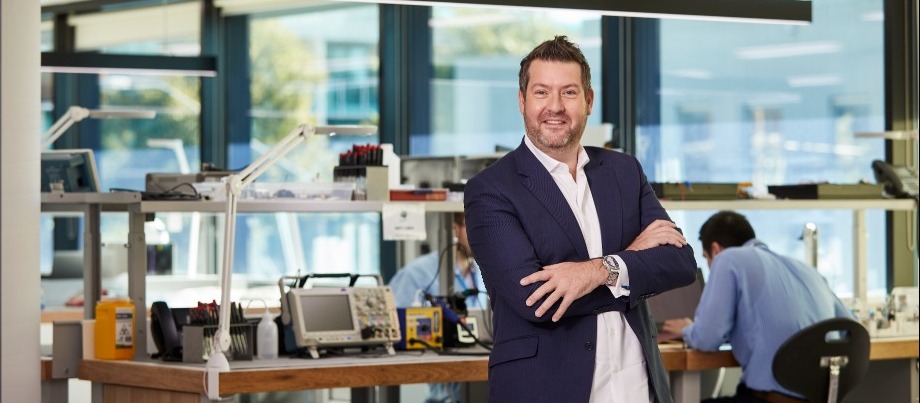Newsroom
September 9th 2021
Tech could support Overseer Boost


By Richard Rennie – Farmers Weekly
A two-year trial of nutrient monitoring by Waikato River Authority on the Waikato River has proven a new tool for farm nutrient loss modelling that can deliver real-time data to farmers and catchment managers.
A review last month of the Overseer nutrient modelling software system found the platform was lacking in its ability to determine real-time nutrient losses and multiple flows of nitrates lost from farms.
In accepting the report, government officials are considering the future of Overseer, including a new risk index tool using elements of Overseer, a “next generation” Overseer or an entirely new nutrient loss. More real-time monitoring of water quality was also called for in whatever iteration was developed.
The review prompted Overseer chief executive Dr Caroline Read to call for a wider discussion between the software company and government over what the future direction of Overseer would be, either as a long-term planning tool as used now, or as a more immediate monitoring and prediction tool.
Founder of real-time water monitoring system Eco Detection Jefferson Harcourt says his company was keen to be part of any discussion seeking more real-time data for catchments and farms. Along with Waikato, trials have also been conducted in Hawke’s Bay.
Harcourt’s company Grey Innovation specialises in identifying leading-edge, university-based technology and commercialising it.
Eco Detection technology was originally developed in the hunt for a means to detect fertiliser-based explosive devices in the wake of the Bali bombings.
This resulted in Australian developers creating the GreyScan inorganic explosives detection device that has been adopted by Australian Federal Police and security agencies globally.
The technology’s heart lies in capillary zone electrophoresis (CZE). This is a technique that can separate the ions of a sample by applying electricity and splitting them into bands, depending upon their size and response to the electrical charge. This in turn enables the compounds in the sample to be identified.
Since then, developers found the system’s sensitivity to nutrients, including nitrogen, made it capable of being adapted into a real-time nutrient monitoring system. Typically based in a lab, the technology’s size has been reduced and its analysis rate accelerated from over half an hour to less than a minute.
Harcourt says the system was used alongside existing technologies in the trial that concluded that data produced had the potential to be used more widely.
The report expressed a hope the Eco Detection system could be used to aid land-use decisions and support the authority’s vision and strategy for the Waikato River.
The ability of the technology to make four recordings a day on the concentrations of nutrients contrasts to the more labour intensive, lab-based analysis that requires samples to be taken from the river, transported and analysed.
“We know from experience that you can and do experience some sample degradation of the sample to occur in that process. But it is also about the time and frequency of analysis. Eco Detection can do it in-situ frequently, compared to a sample that may only be done on one day at one time once a month, manually,” Harcourt said.
A concern of the Overseer reviewers was the lack of ability to record real-time nutrient losses, helping identify events, such as heavy rainfall, that may contribute to “spikes” in nutrient losses.
“Eco Detection enables some quick feedback on any remediation steps that may be taken,” he said.
“It is also capable of identifying a forensic signature, a fingerprint if you like, of certain nutrient losses, for example, from septic tanks as opposed to farm effluent ponds.”
He was hopeful after the success of the trial 100 Eco-Detection sensors would be put through the Waikato catchment.
Harcourt emphasised the technology was not setting out to usurp Overseer, but to strengthen its modelling ability, given the capacity to provide real time data capturing all aspects of nitrate loss, in particular.
“We would definitely want to be part of the conversation around Overseer’s future- models only getting better with better data input,” he said.
Read says while information on nutrient concentrations of water bodies flowing through a farm may be of real interest to a farmer, they have limited applicability to informing an Overseer nutrient budget.
“OverseerFM looks at what happens to nutrients within the farm system, based on management practices. It doesn’t attempt to measure what nitrogen levels are in local waterways,” Read said.

